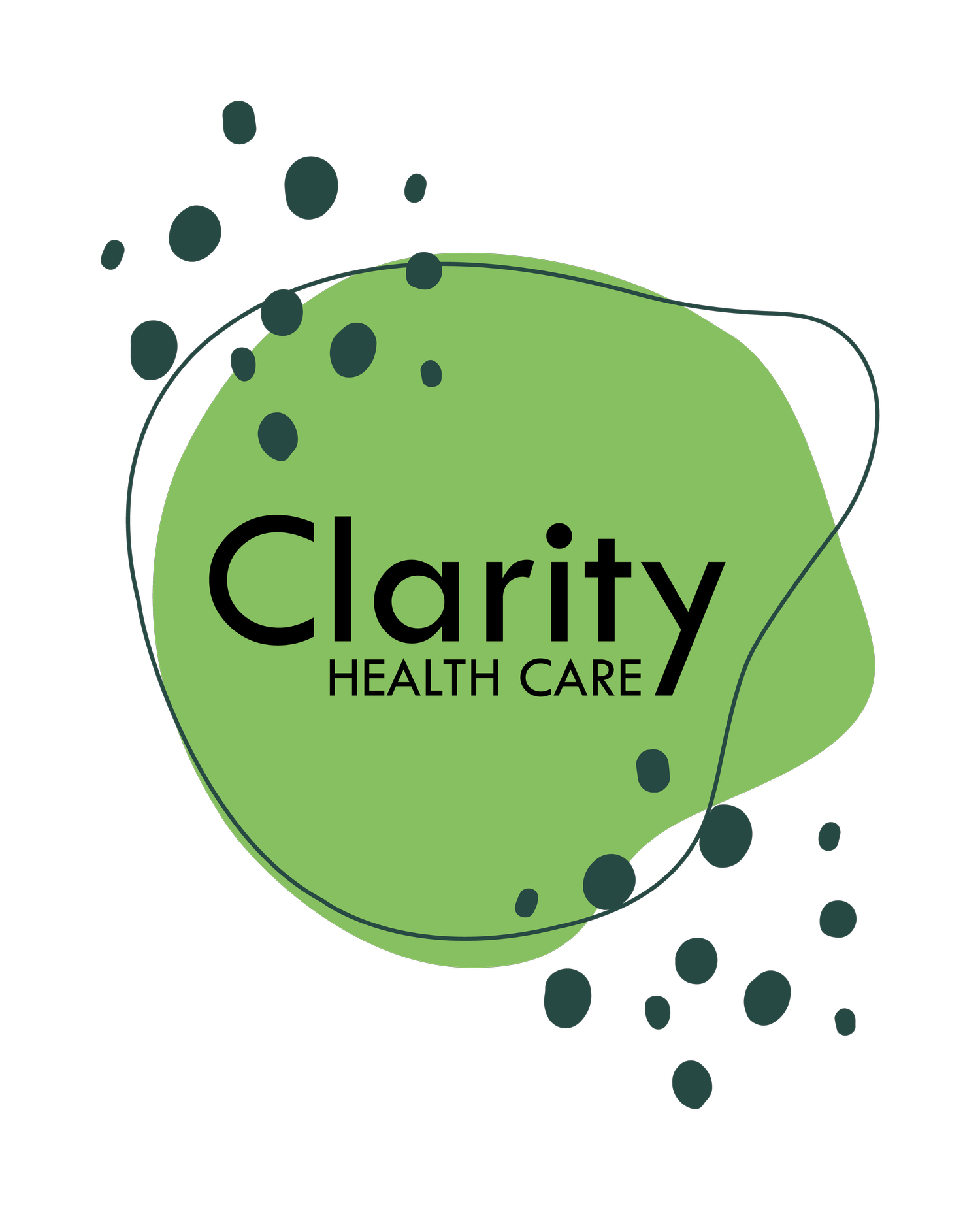
Optimal Health Program
Amphetamine Type Stimulants (ATS) Harm Reduction
Written by Aimee Oliveri (Clinical Psychologist & Mental Health Content Creator) in Collaboration with Clarity Health Care
What is ATS?
Amphetamine-Type Stimulants (ATS) are a group of synthetic drugs that stimulate the central nervous system, which increases the availability of feel-good neurotransmitters like dopamine and serotonin, leading to increased alertness, energy, and euphoria. Some types of ATS are prescribed by medical professionals to treat conditions like attention deficit hyperactivity disorder (ADHD) and narcolepsy. Other types of ATS, such as methamphetamines, commonly known as ice, speed, or crystal meth, are produced and sold illegally.
While ATS can be extremely beneficial when utilised under the guidance and supervision of medical professionals, they can be harmful when misused. Methamphetamine, in particular, is a highly potent and addictive substance that can have devastating consequences for users and their loved ones.
The Harms of ATS Use
Amphetamines affect everyone differently, based on:
- Size, weight and health
- Whether the person is used to taking it
- Whether other drugs are taken around the same time
- The amount taken
- The form taken
- The strength of the drug
Short-Term Effects
The short-term effects of ATS use may include:
- Intense euphoria
- Increased energy and talkativeness
- Decreased appetite and need for sleep
- Dilated pupils and agitation
- Dry mouth, jaw clenching and teeth grinding
- Heightened senses and alertness
- Increased heart rate and breathing
- Increased blood pressure, and risk of stroke or heart attack
- Risky behaviours, such as unsafe sex or violent outbursts
- Reduced effectiveness and interaction effects with certain medications and supplements
- Overdose: If you take a large amount, have a strong batch or mix with other drugs, you could overdose.
- Coming down: In the two to four days after amphetamine use, you may experience restless sleep and exhaustion, headaches, brain fog, twitching and muscle aches, fluctuating temperatures, irritability, mood swings, anxiety and depression.
Long-Term Effects
Long-term use of ATS can lead to even more severe consequences, including:
- Extreme malnutrition and weight loss
- Sleep disorders
- Dental problems
- Frequent colds and flu
- Increased risk of heart attack, stroke and kidney problems
- Snorting amphetamines can damage the nasal passage and cause nose bleeds
- Cognitive impairment and memory loss
- Financial, work, study, legal and relationship problems
- Psychiatric disorders, such as depression, anxiety, panic attacks, paranoia. High doses and frequent heavy use can also create a ‘amphetamine-induced psychosis’, characterised by paranoid delusions, hallucinations and out of character aggressive or violent behaviour.
Harm Reduction Strategies
If you or someone you know engages in regular ATS use, harm minimisation is crucial. Practical ways to reducing the harms associated with ATS include:
- Always test a small amount first and wait to feel the effects before taking more.
- Try to eat regularly even if you are not hungry. Eat fresh healthy food such as fruit and vegetables that are high in vitamins and nutrients.
- Try to rest and get sleep.
- People can become dehydrated when using amphetamines. Stay hydrated and take small sips of water regularly.
- Try to buy from the same dealer
- Remember to use your own fit pack (needle, syringe, filter, etc) - don’t share anything!
- Rotate your injection sites
- Think about where you are and whom you are with before you use - is it a safe situation?
- Avoid using on consecutive days (have rest days)
- Avoid mixing ATS with other drugs.
Steps for Quitting
If you’re aiming to reduce or quit ATS use, then consider the following:
- If you have been using ATS for a long time, your body and mind will need to adjust to functioning without the drug. Some people can experience quite intense symptoms (also known as ‘speed crash’). This can cause nausea, extreme exhaustion, irritability, depressed mood, and at times can be medically dangerous.
- People with chemical dependence frequently require support with planning ahead, coping strategies, and supplementation with vitamins to aid them in the process.
- Medical professionals can prescribe medications to help alleviate withdrawal symptoms and cravings associated with ATS dependence, otherwise known as Medication-Assisted Treatment. These medications, when used in conjunction with counselling and lifestyle changes, can help make it easier to not use drugs or alcohol.
- When individuals have a predisposition to or a history of mental health issues, the impacts of introducing, reducing, or removing chemical substances from their system can be unpredictable, often necessitating additional support during this period.
Thus, taking steps to reduce or quit ATS is best done under the guidance of qualified professionals to ensure safety and increase chances of success.
Getting Help
If you or someone you know is struggling with ATS use, help is available. Here are some resources you can turn to for support:
See your Doctor for information and referral.
The National Alcohol and Other Drug Hotline (1800 250 015): Offers free and confidential advice, information, and counselling for individuals affected by drug addiction, including ATS use.
Path2Help: The Alcohol and Drug Foundation’s free, online platform that helps you find alcohol or other drug services near you.
Websites like The Alcohol and Drug Foundation and Drug Aware provide valuable information and tools for reducing ATS use.
